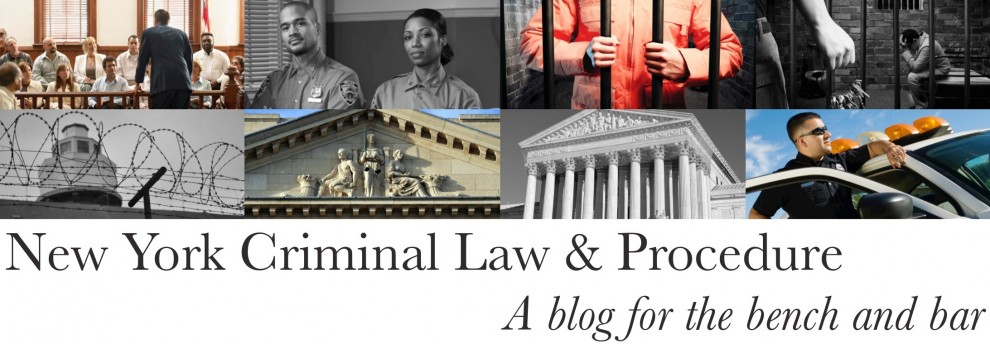After 12 years at St. John’s University School of Law, I will be leaving New York to become the next Dean of Charleston School of Law in South Carolina, effective at the end of June 2020. I will leave this blog up but will not be updating it.
Editor & Author

Larry Cunningham
Associate Dean for Assessment and Institutional Effectiveness
Professor of Legal Writing
Director, Center for Trial and Appellate Advocacy
St. John's University School of Law
Profile
Twitter
E-MailContributing Authors
Fellows of the St. John's Center for Trial and Appellate Advocacy
-
Recent Posts
Categories
Advice App. Div. 1st Dept. App. Div. 2d Dept. App. Div. 3d Dept. App. Div. 4th Dept. App. Term 1st Dept. App. Term 2d Dept. Appellate Procedure Blog News Case Summaries Civil Law Collateral Relief Commentaries Constitutional Law Criminal Procedure Law Ethics Evidence Juries Mental Illness N.Y. Court of Appeals New Decisions New Legislation News Penal Law Second Circuit St. John's Suppression Trial Courts Uncategorized Vehicle and Traffic LawFollow the Blog Via RSS
Blogroll

